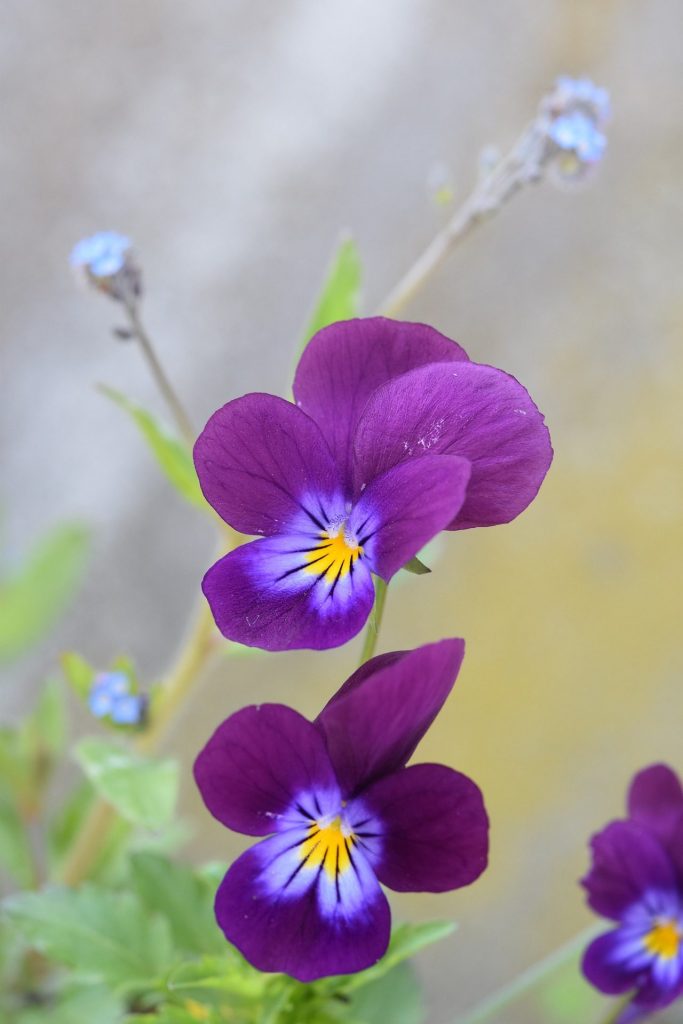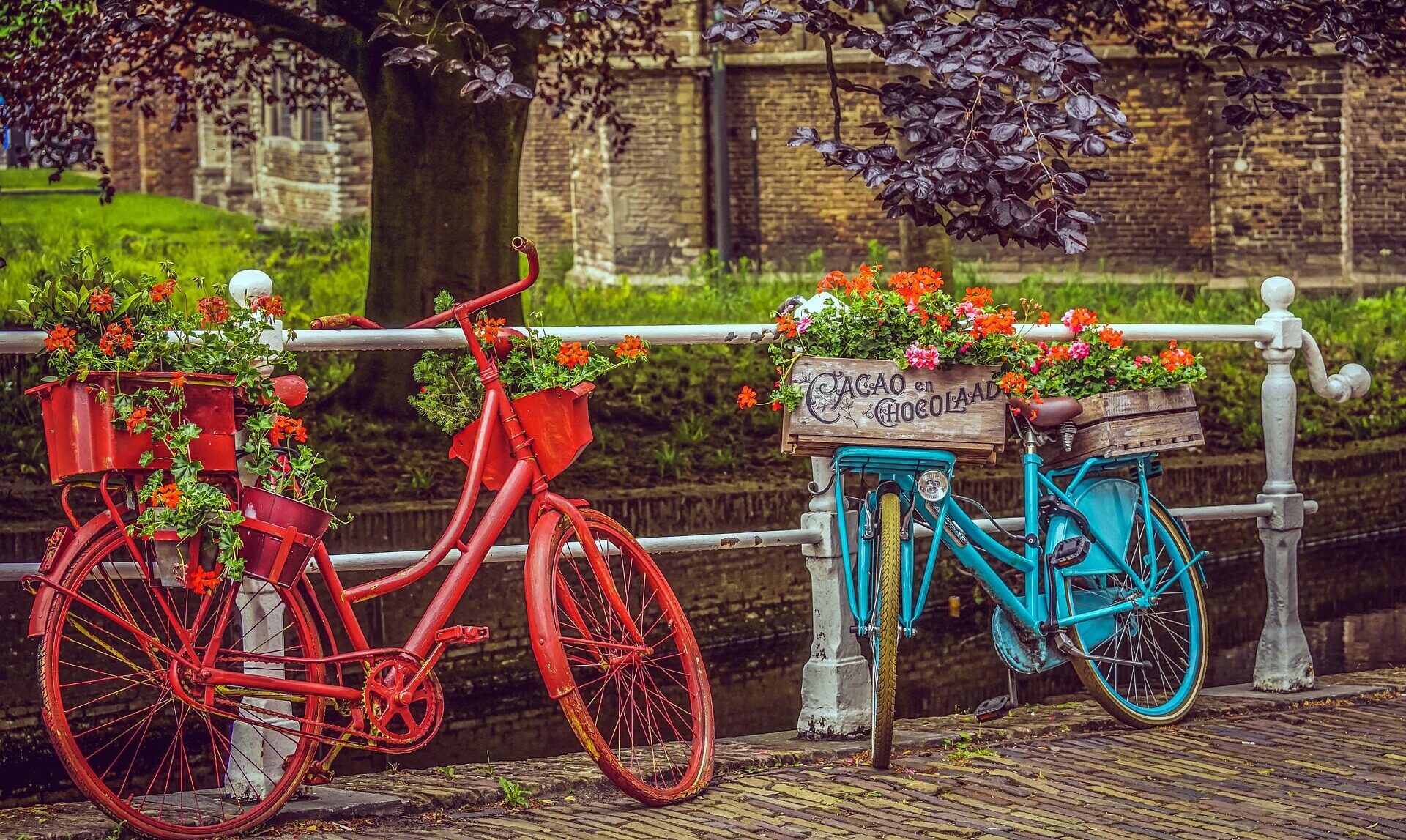Your colour perception
I would like you to reminisce briefly about a moment in your life. Think about when you were surrounded by nature and all its colours. It can be a sunset on a beach, a sunrise from a high mountain, or even a walk in the woods during Spring Bring. Visualise it in your mind’s eye as vibrantly as possible. Try to remember the feelings and emotions you sensed.
Now let me tell you two interesting things.
1. Colours are your illusion
Firstly, none of the colours you saw were really there. That wonderful purple in the sky? Nope, it’s not actually there – just a figment of your imagination and memory. The philosophical statement from Buddha regarding life being an illusion takes a totally different meaning when one contemplates the reality based on science. Colours are an illusion and they do not exist outside of our mind’s eye.

Our wonderful brain has developed a sophisticated system for interpreting the different frequencies of visible light that bounce off objects. These light frequencies translate into electromagnetic signals for the optic nerve and boom – colour is born! The tree is green, the sky is blue, and so on.
Only it is not! If the tree were any colour in reality it would be red. Why red? It’s the only frequency absorbed, rather than bouncing off the leaves. And just as we all have unique eyes, our perception of colour is also unique. A visit to a gallery or art museum can demonstrate this individuality pretty well.
2. Mood impacts your colour perception
Secondly, emotional states affect colour perception. At the Albert Ludwig University of Freiberg in Germany, eighty people were invited to participate in a study of visual processing. All eighty completed a depression diagnostic tool. Forty of them were diagnosed as being severely depressed, twenty were on antidepressants, and the rest scored normally.

During the test participants viewed checker-board patterns with varying degrees of black and white contrast. To achieve objective results, they attached electrodes near the participants’ eyes, recording electrical responses in the retina as they watched the patterns. You see, the retina’s cells respond to different frequencies of light and send electrical messages to the brain that translate into colour, shape, or contrast.
Participants diagnosed with depression showed low retina response to contrast. In other words, people with depression see the world in grey. And this depiction is not in just a metaphorical sense. The way their retina and optic nerves function paint a rather gloomy perspective of reality. Therefore, it is essential for humans to be connected with their internal artists. Working with colour and form can act as a medicine for the eye, the brain, and general wellbeing.
Unique colour perceptions
To conclude, we have this unique perspective of an illusionary reality…and so does everyone else. We all think, paint, imagine, and see totally different things. Yet we must co-exist in societies and work in teams. A lot of misunderstandings can occur when we take for granted our unique perceptions of reality.
What we see is unique to us and we can’t even begin to imagine how things are felt or seen from another point of view. And this is why artistic expression is so important. Art serves as an opportunity to communicate our inner landscapes to others.




